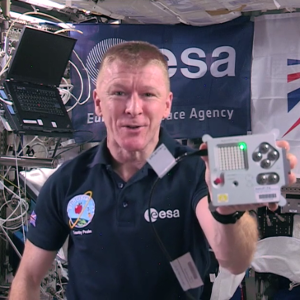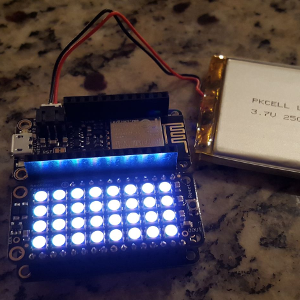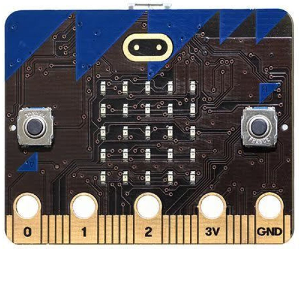LED UI Ports
In recent years we have become spoiled with exciting devices.
The main and only (so far) port being developed is in Python on Linux due to the ease of development, but it can be easily(ish) ported to other languages and platforms by anyone who is dedicated enough to do it.
It will be quite a while until this first port is stable as it is being developed as a hobby in spare time, however, we are hoping that eventually even crazier people can make their hobby porting LED UI to their favourite devices and operating systems.
Also we are willing to add new platforms as core ports if they prove themselves useful.
| Port Name | Image | Comments |
|---|---|---|
| Linux |  |
The initial and main port of LED UI is to Linux. Most people are interested in the Raspberry Pi single board computer (in its various form factors). However, there are other small single board computers that can run Linux. Also a desktop computer can emulate an ledgrid. and so run LED UI on a monitor. Obviously that is not particularly power efficient or portable, but is an easy place to start. |
| ESP8266 |  |
This is a interesting platform as it has a low power micro-controller with a fairly generous amount of RAM and has built-in Wifi. The MicroPython folks are aiming to support it and it also supports other easy languages such as C and Lua. We are watching this platform and hope to test LED UI on it, especially if we can prototype an initial version in MicroPython. |
| BBC Microbit |  |
A great device, and I got mine free for volunteering to teach teachers how to use the Microbit at an event. Obviously 2 characters at a time removes some of the efficiency of Green Code but it is still fun. The form factor and design are excellent. While this cannot support the LED Menu; loading a single small game or application is certainly possible. This platform is one to watch, as if they bring out future versions with higher specifications then it will become much more useful. It has two programmable buttons, but the accelerometer can be used for more input. I used MicroPython, which really brings the device alive. |